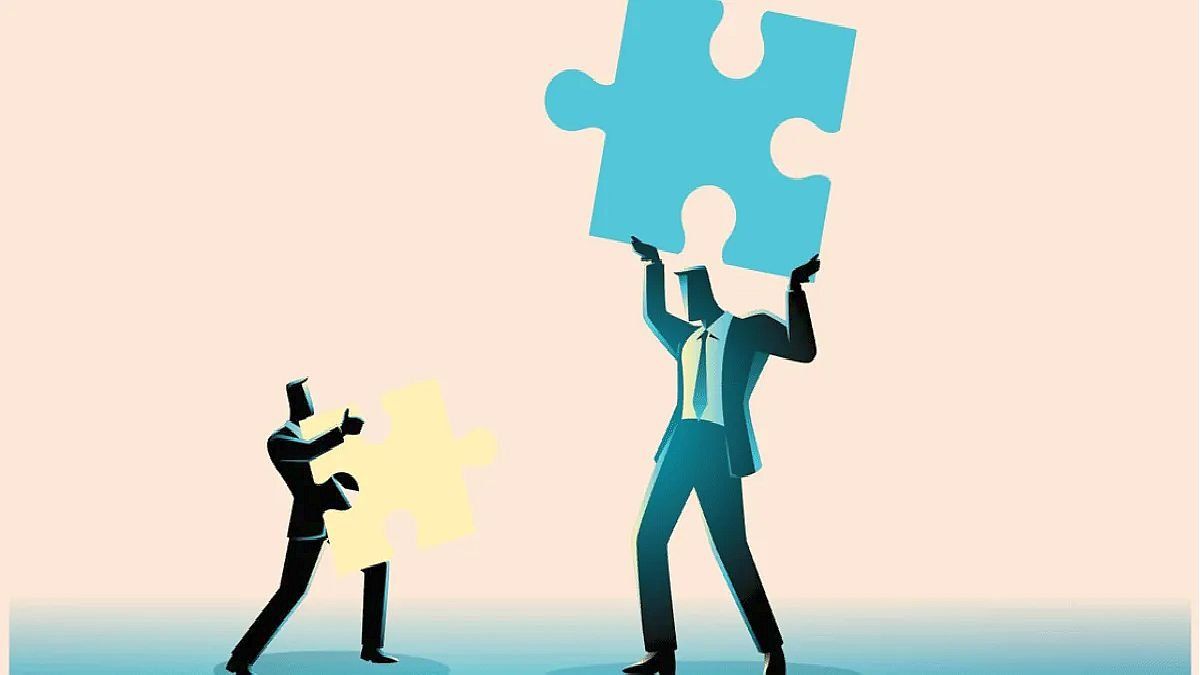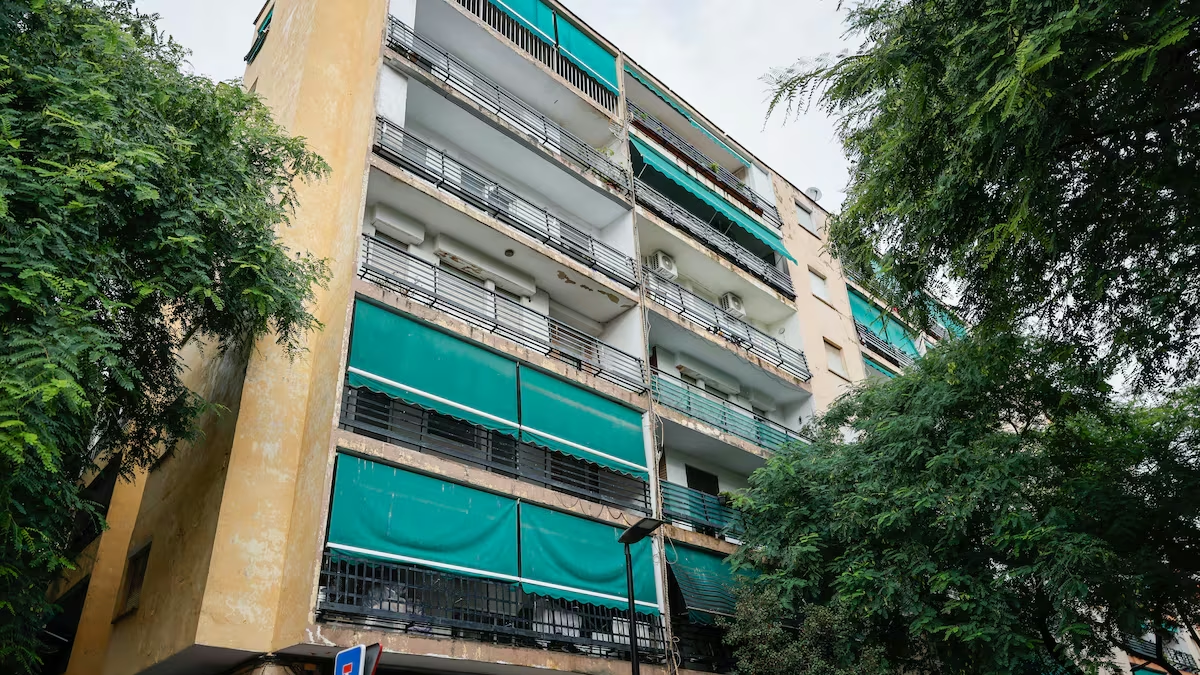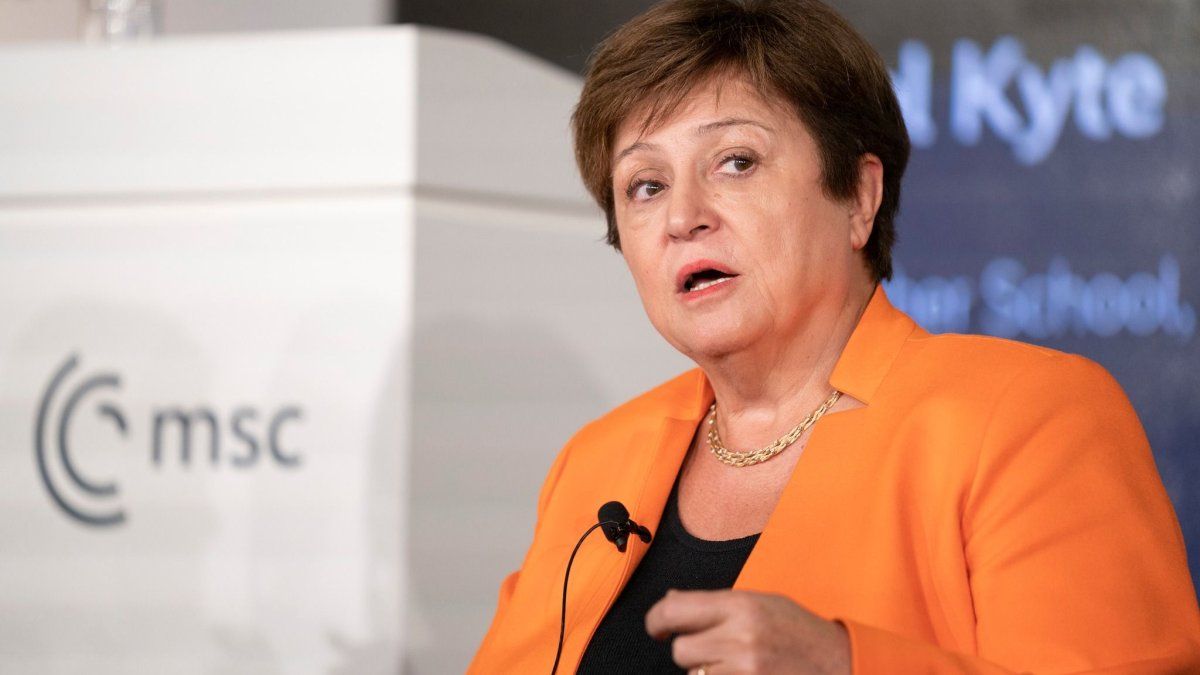On the external front, exports grow thanks to higher international prices and increases in quantities, and the current account reached an all-time high in the third quarter of 2021. It is all very good news that does not seem to be consistent with the high level of uncertainty that exists today.
Between the outstanding debts stand out, without a doubt, 40% poverty and 9% indigence (hunger) relieved by INDEC. In turn, the State fails to balance its accounts: the deficit Primary fiscal accumulated to November was 2.1% of GDP and financial 3.7%, despite the significant adjustment of the purchasing power of pensions, pensions and salaries of public employees.
Poverty Cartoneros Recyclers Buenos Aires.jpg
Kindness: DOC TV
For its part, inflation settled comfortably in the range of 3% per month and 50% per year, with rates almost frozen two and a half years ago (and fuels 6 months ago), with an official dollar that since February was systematically delayed to anchor prices and with pressures international inflation rates due to overcoming the worst moments of the pandemic.
The gap with the blue and financial dollars oscillate around 100%, which stimulates different maneuvers to avoid liquidating in the official market, as well as over-invoicing imports and transfer prices. Parallel quotes around $ 200 also generate depreciation expectations: many actors think that, at any moment, a new exchange rate jump is coming, which adds more uncertainty.
In this context, and without having faced very important debt maturities during 2021, the Central Bank of the Argentine Republic (BCRA) ends the year with the same amount of reserves that started it, despite the US $ 14,000 million surplus trade and the new US $ 4.4 billion from the IMF (from its global program for COVID). In 2022, Argentina must pay this body US $ 19.1 billion (a figure that makes an agreement to extend the terms essential) and more than US $ 34 billion to private parties, which forces it to be able to refinance maturities at reasonable rates.
The search for solutions is not easy: The run towards the dollar unleashed in April 2018, which cost Macri his re-election and Argentina the largest indebtedness in its history with the IMF, showed that without exchange controls our economy is highly exposed to exchange rate runs. However, the inability to accumulate reserves in 2021 made it clear that, with these controls, the State cannot access the foreign exchange necessary to meet external commitments. A dead end.
Onwards, Argentina is challenged to avoid a new default and embarking on a path of economic growth that allows the creation of more and better jobs, thereby lowering the levels of poverty and indigence. To achieve both objectives, it must not only generate increasing amounts of dollars but also ensure that the Central Bank accumulates them in its coffers. We will not achieve much by continuing to patch up: such challenges require bold and innovative policies. To mention one of the best examples, the Ministry of Productive Development commanded by Matias Kulfas designed and implemented dozens of programs that are stimulating productive transformation in various sectors of activity, in which new investments and the opening of new foreign markets are announced every day.
Neba Factory Industry Installed Capacity Worker Earnings Metallurgical Work Salary Salaried SME

Ignacio Petunchi
However, all these efforts may be diluted if it is not possible to substantially reduce the exchange rate gap, end the backwardness of the dollar and sign a reasonable agreement with the IMF that will reduce the prevailing uncertainty, which is channeled through a permanent dollarization of the currency. savings.
The trajectory of recent years, in which the one who bet on the dollar, won, leaves a hard lesson for savers and the greatest challenge for the Government: provide attractive investment alternatives, without repeating the experience of macrismo that placed interest rates in pesos at unfeasible levels for productive activity.
It should also be noted that a new agreement with the IMF may not be enough to substantially reduce uncertainty; Let’s remember that the exchange run against the blue dollar in October 2020 was only one month after the successful debt swap with private companies.
For Argentina to overcome the stagnation of its last decade, it will be necessary to build bridges between the main majority political spaces that allow consensus on long-term public policies. In other words, starting to close the rift is a necessary condition for our economic development. And that is a task not only for the ruling party but also for the opposition.
Degree in Economics (UBA). Professor of Macroeconomics I (UBA). CONICET postdoctoral fellow. Doctor in economic development (UNQUI).
Source From: Ambito




